Gallery
Photos from events, contest for the best costume, videos from master classes.
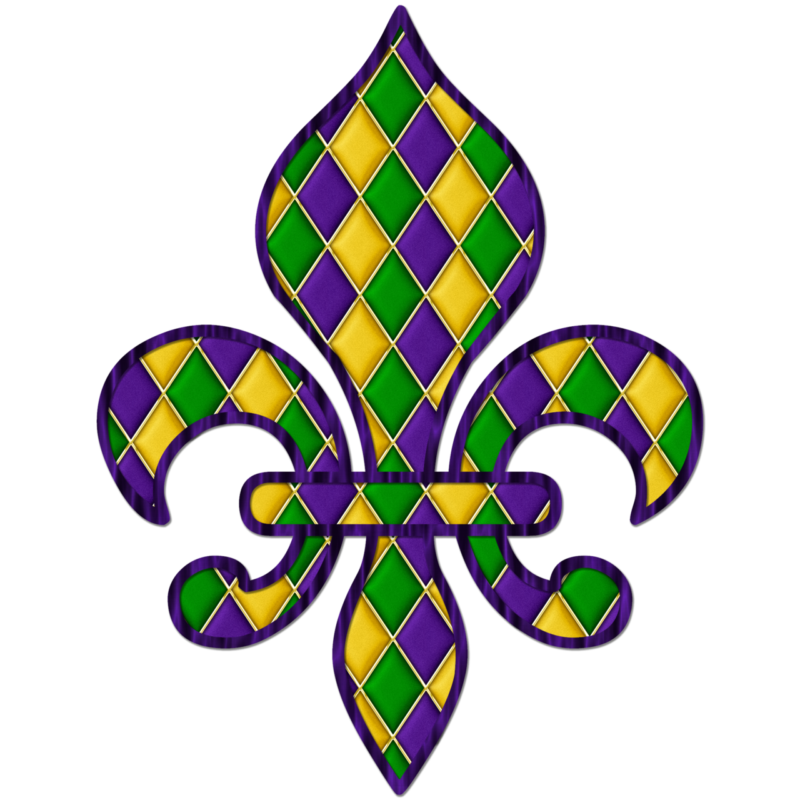 | 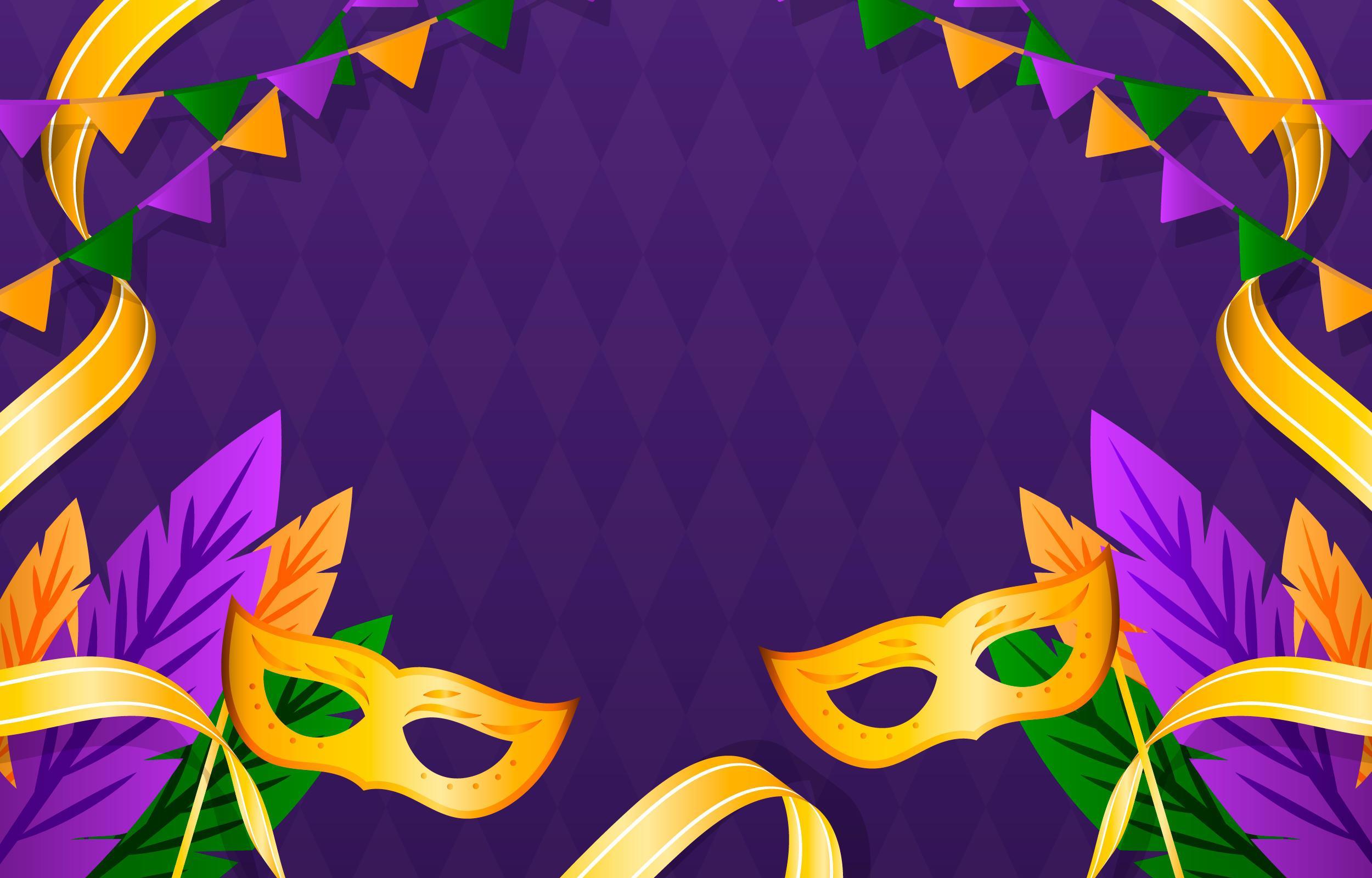 |
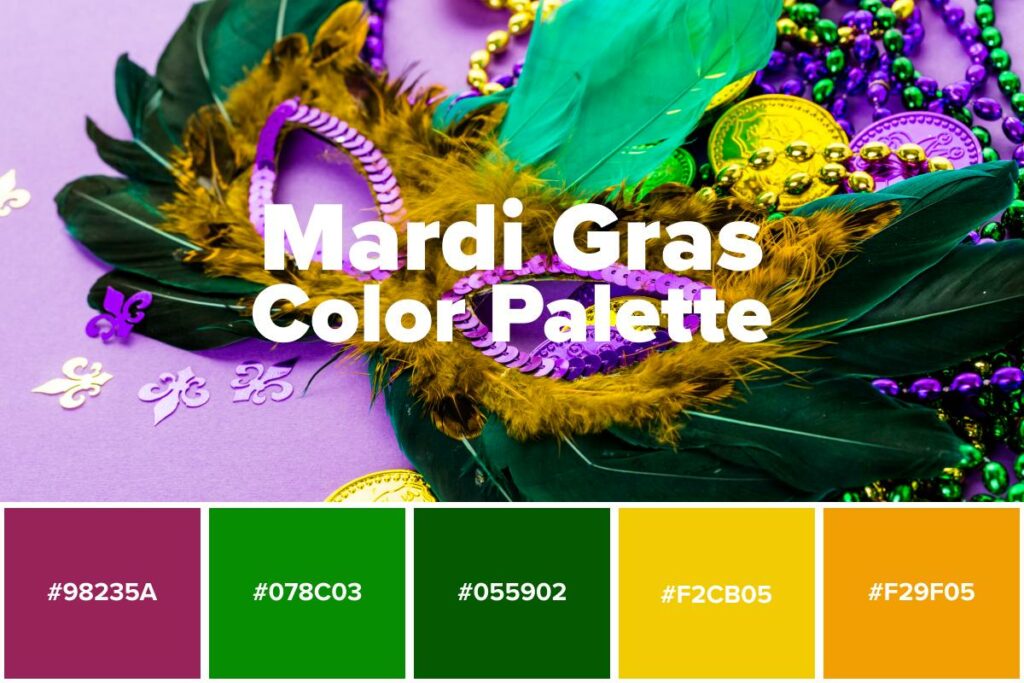 |  |
 | 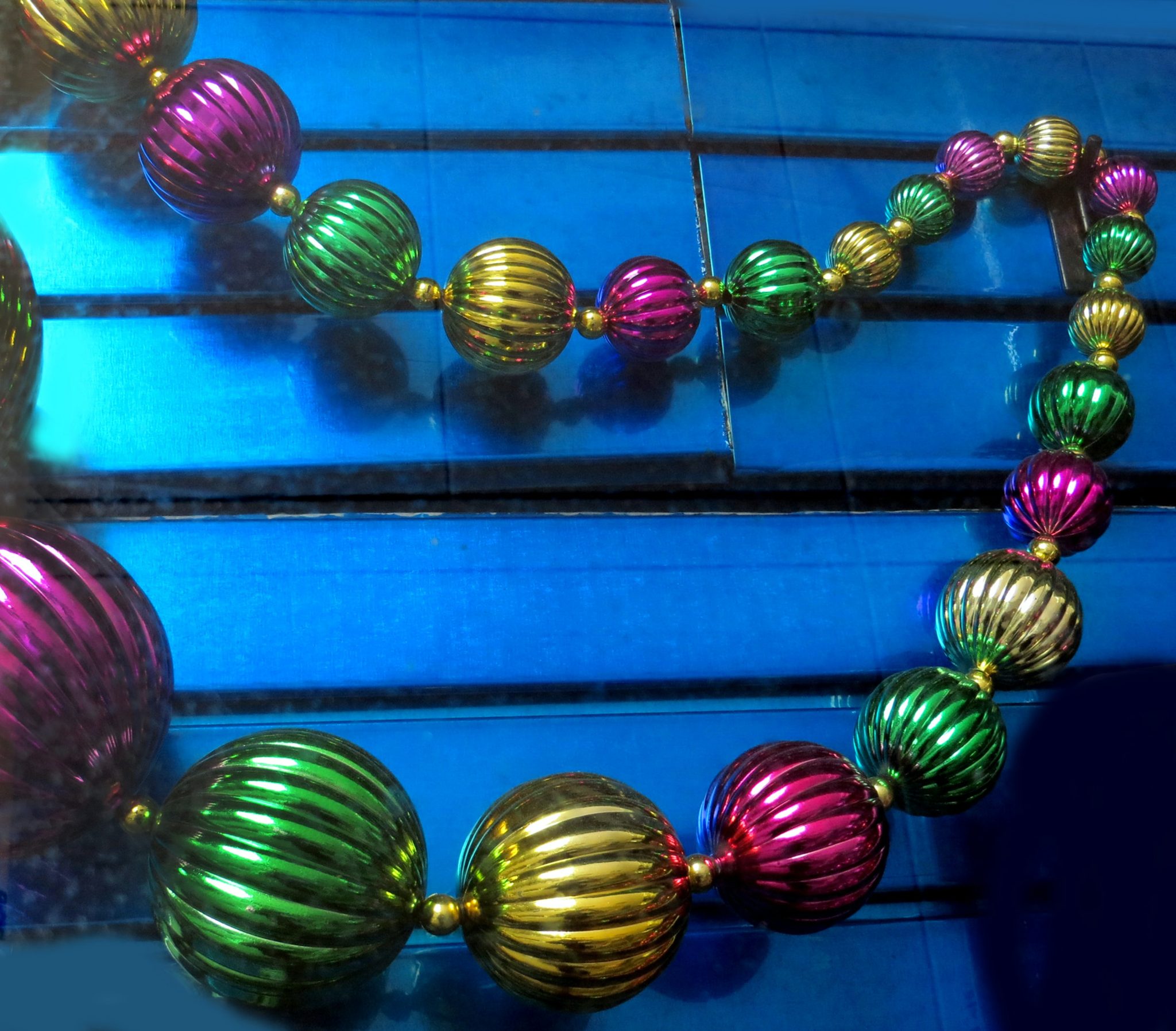 |
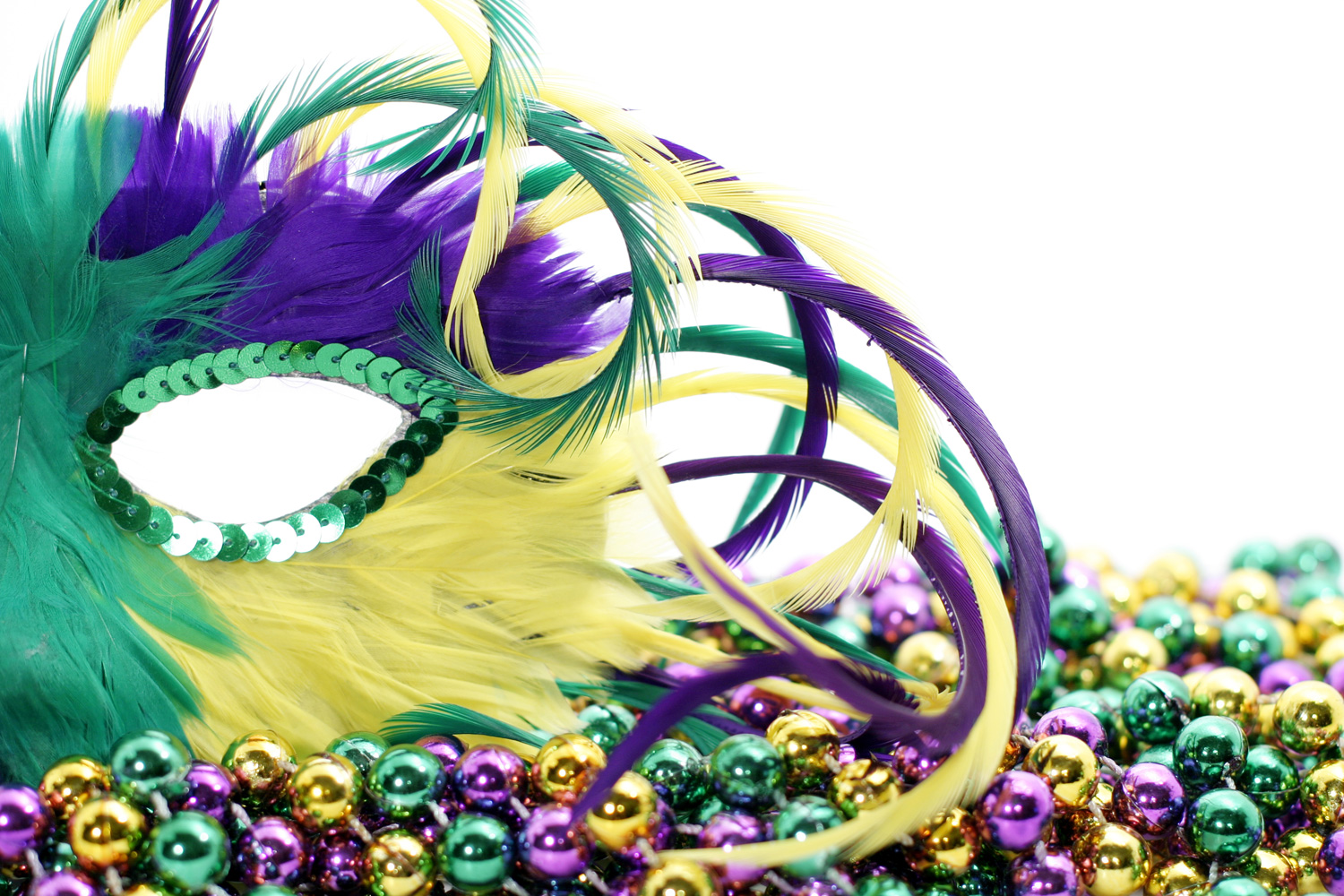 |  |
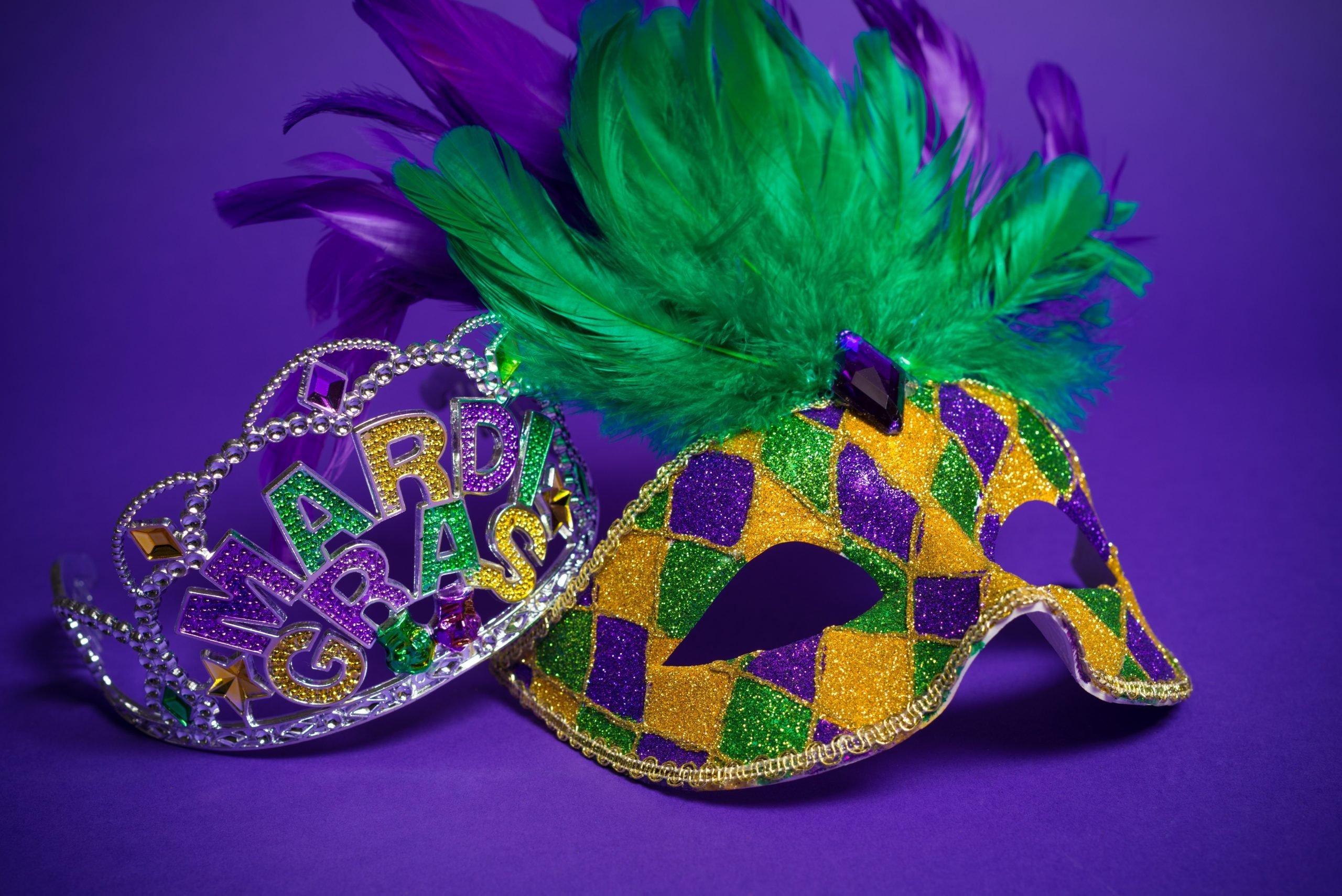 | 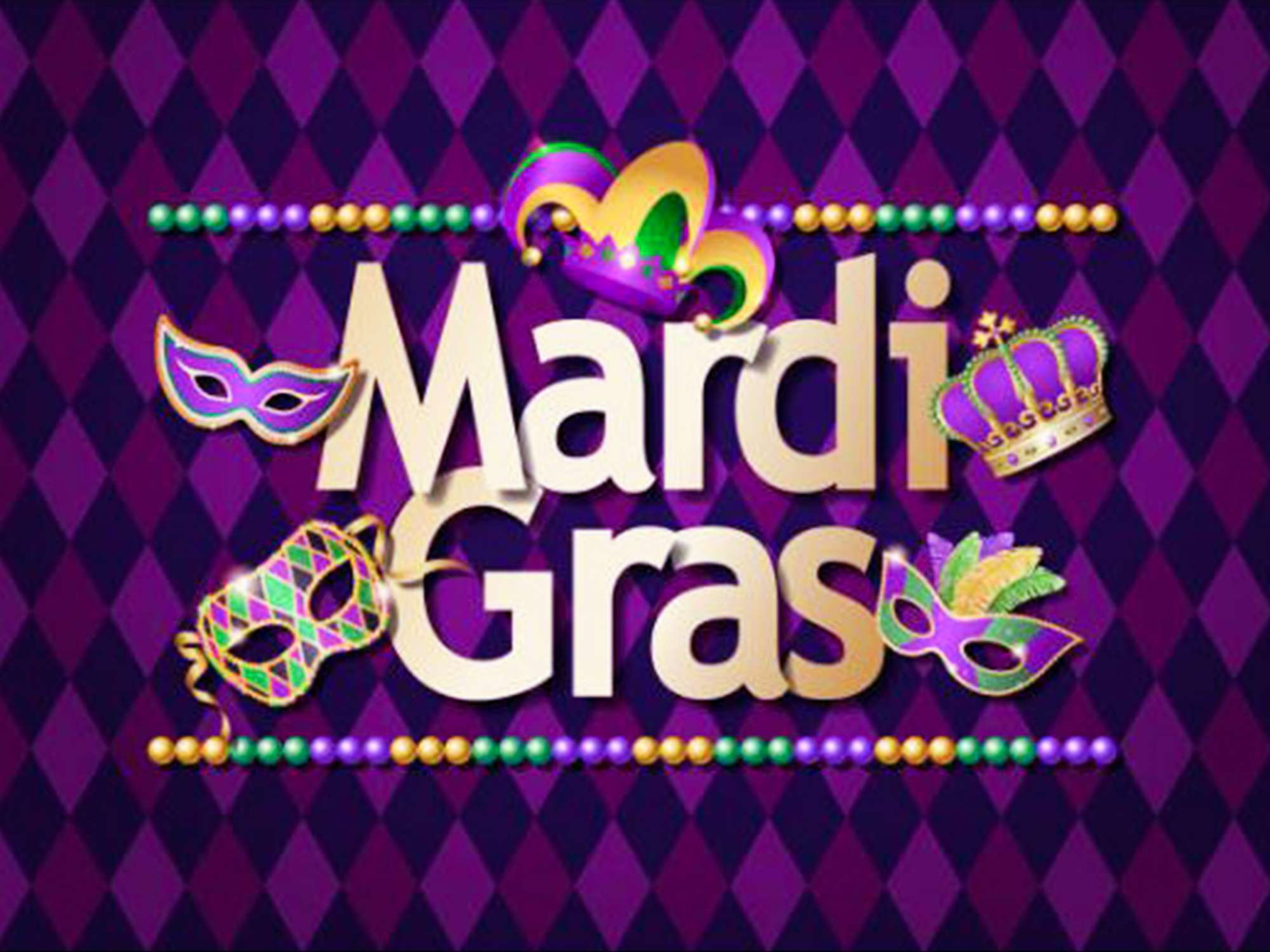 |
 |  |
Laborde verifies that the colors of Mardi Gras can be traced to the first Rex parade in 1872. He cites newspapers of the day that included a proclamation from the King of the Carnival deigning that balconies should be draped in purple, green and gold. There are three Mardi Gras colors to represent a flag with three colors. According to the site Mardi Gras New Orleans, when local historian Errol Flynn Laborde researched the 125th anniversary of The colorful tradition of Mardi Gras has spread far beyond the festivities in New Orleans and wider Louisiana. Mardi Gras is now celebrated in cities across the United States and around the world – and purple, green and gold go along for the ride. Anywhere Mardi Gras is observed, the three colors dominate proceedings. Let’s explore the origins and meaning of these three colors that shape the exhilarating spirit of Mardi Gras. Origins of the Mardi Gras Colors. The colors of Mardi Gras – purple, green, and gold, can be found as early as 1872 at a carnival organized by the company Rex for a Russian aristocrat’s arrival. The colors of Mardi Gras have their roots in the medieval tradition of Carnival, which was celebrated in Europe before the Protestant Reformation. During this time, the colors of the season were often associated with the three aspects of the Trinity: the Father (purple), the Son (green), and the Holy Spirit (gold). These三个colors are deeply ingrained in the history and traditions of Mardi Gras in New Orleans. But what do each of these colors represent and why were they chosen as the official Mardi Gras colors? In this article, we’ll explore the meaning and symbolism behind the 3 iconic Mardi Gras colors – purple, green, and gold. The colors of Mardi Gras have their roots in the French tradition of using colors to symbolize the Christian faith. The three main colors – purple, green, and gold – were chosen to represent the Trinity, with purple symbolizing royalty, green representing faith, and gold representing purity. What is the significance of the three colors of Mardi Gras? The three colors of Mardi Gras – purple, green, and gold – have a rich history and significance that goes beyond their individual meanings. Together, they represent the core values and themes of Mardi Gras, which include indulgence, rebirth, and community. The colors have become so intertwined with Mardi Gras that their mere presence can evoke the spirit of the celebration, even in places far from New Orleans. Cultural Evolution and Global Influence. The impact of these Mardi Gras colors has spread well beyond their initial purpose, inspiring artists, designers, and cultural festivities globally. Choosing purple, gold and green as Mardi Gras colors would ensure that the Rex organization, and Mardi Gras, were represented by both metals (gold) and colors (purple and green). While flags can have various numbers of colors, more flags have three colors than any other number. The Values Represented by Mardi Gras Colors. The Mardi Gras colors, rich in history and cultural significance, represent a set of values that are central to the celebration. Justice, Faith, and Power. The three primary colors of Mardi Gras – purple, green, and gold – represent justice, faith, and power, respectively. The History of Mardi Gras Colors. Mardi Gras has a rich history that dates back to the 17th century, when French colonizers brought their traditions and customs to the Americas. The celebration was initially a Catholic tradition, where people would feast and party before the 40-day Lenten fast. Typically, king cake is made of a rich brioche dough and a wide array of fillings, such as cinnamon, chocolate, and cream cheese. But the rainbow magic is found in the glaze and sprinkles, which are usually gold, green, and purple. Even the colors of the icing (and royal colors of Mardi Gras) have a deeper meaning. Gold represents power, green What are the three colors of Mardi Gras?, Where is the birthplace of Mardi Gras in the US (city, state)?, Which Mardi Gras color represents justice? , What do people hang on trees throughout New Orleans for Mardi Gras? The colors are meant to represent the three main themes of Mardi Gras: justice, faith, and power. By using these colors in decorations, costumes, and floats, the Rex Organization and other krewes are able to communicate these themes to the public and create a sense of unity and shared experience. The more traditional Mardi Gras beads were in the colors of Mardi Gras. Each color of beads has its own meaning! Colors of Mardi Gras. The first Mardi Gras beads passed out were purple, green and gold. These three colors are the traditional colors of Mardi Gras. They introduced the official Mardi Gras colors. Mardi Gras is not just for humans; New Orleans hosts a "Krewe of Barkus" parade, where dogs don costumes and join the fun. The largest Mardi Gras float ever built was over 330 feet long and carried more than 200 riders. Mardi Gras in Popular Culture. Mardi Gras has made its mark in popular culture In medieval times, power was associated with wealth. The color gold in Mardi Gras celebrations reflects God’s power over humanity. The colors come together to form the Christian virtues of justice, faith, and power. By displaying these colors, Mardi Gras celebrators demonstrate their commitment to these values during the Carnival season. Conclusion. The Mardi Gras colors of purple, green, and gold are an integral part of the celebration’s tradition and culture. They are used to represent the three virtues of faith, justice, and charity, and are often worn as a symbol of one’s devotion and commitment to their faith. The Significance of Mardi Gras Colors. Mardi Gras colors are an integral part of the celebration, and their significance extends beyond mere aesthetics. Each color has a specific meaning, and understanding their importance is crucial to appreciating the true essence of Mardi Gras. The Colors of Mardi Gras. The traditional colors of Mardi Gras
Articles and news, personal stories, interviews with experts.
Photos from events, contest for the best costume, videos from master classes.
 |  |
 |  |
 |  |
 |  |
 |  |
 |  |